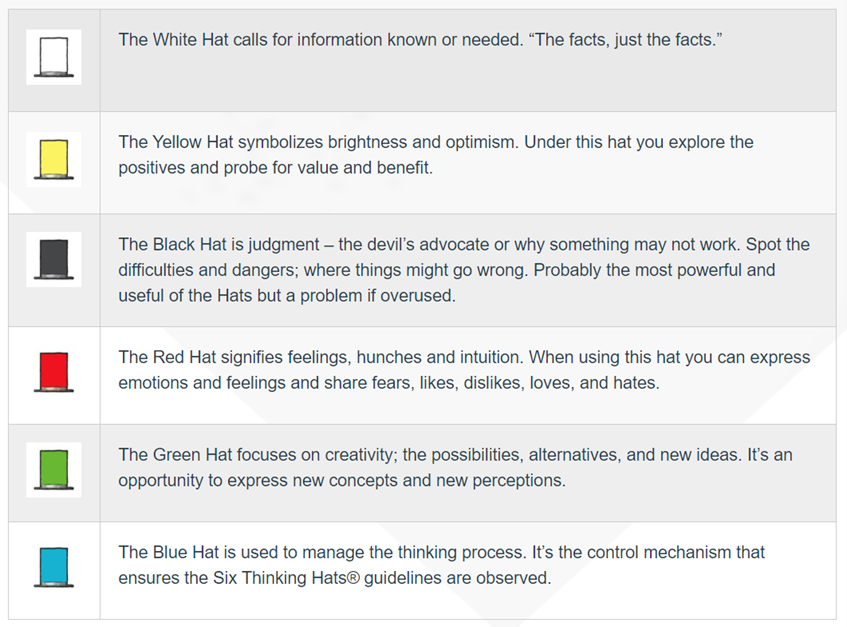The aim of this metghod is to encourage students to engage with each other. Find friedns and feel that they fit in. Instructions:
- Choose topics for participants to discuss: Select a variety of interesting and thought-provoking topics to discuss during the dates. The topics should be broad enough to allow for diverse opinions and perspectives. Some examples of topics could be current events, hobbies, travel, or personal interests.
- Set a time limit for each date: A typical speed date lasts 2-3 minutes. This gives participants enough time to get to know each other, but not too much time to become bored or lose interest.
- Start the timer and encourage active listening: As the participants rotate between tables, start the timer and encourage active listening. This means actively engaging with the other person, asking questions, and showing interest in what they have to say. Provide prompts to help the conversation flow: Some participants may feel nervous or unsure about what to say during the date. Providing prompts or questions can help to break the ice and keep the conversation flowing smoothly.
4. Follow up with participants after the event: Once the event is over, follow up with participants to see if they made any connections or have feedback. This can help you to improve future events and make adjustments as needed.



